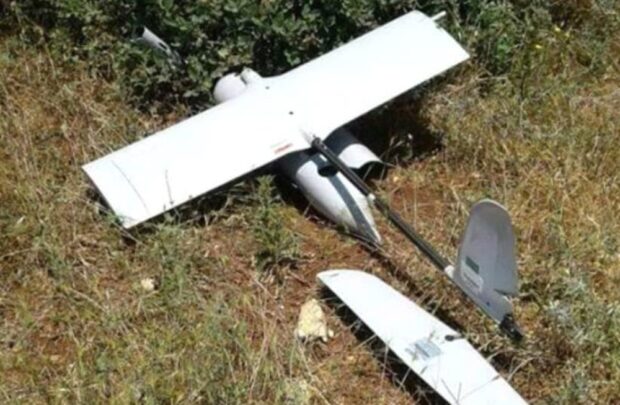On January 4, the Israeli Defense Forces (IDF) said that one of its drones crashed in the northern part of the Palestinian West Bank region.
A statement by the IDF said that the drone, a Skylark, was on a reconnaissance mission when it fell out of the sky for as-yet-unknown reasons. Israeli troops managed to retrieve the wreckage of the drone. According to the army, there was no “leak of information.”
The Skylark is a family of drones developed by Israel’s Elbit Systems. The drone that crashed in the West Bank was likely the miniature, hand-launched Skylark I which was designed for tactical surveillance and reconnaissance. This version has a range of 20-40 kilometers.
The drone payload consists of a daylight CCD or optional FLIR for night operations. During operation, it sends real-time video to a portable ground station.
This was the second Skylark drone to crash in the past few weeks. On December 23, a drone of this type fell on the separation line around the Palestinian Gaza Strip.
In May of last year, a Skylark drone crashed in Lebanon’s South Governorate, the heartland of Hezbollah. Later in October, two drones crashed in the West Bank cities of Hebron and Nablus in separate incidents.
Such incidents come five years after the entire Skylark drone fleet was grounded in 2017 following a series of other crashes that year. The issue in those cases were reportedly with the Skylark 2 model, which frequently malfunctioned.
In 2022, however, the Skylark 3 model was introduced as a reportedly significant improvement to its predecessor’s issues. Although it was not confirmed which model yesterday’s crashed drone or those last year were, pictures of the fallen UAVs appear to show them as Skylark 2, which would bring into question why they are still actively being operated by Israeli Occupation Forces.
The IDF uses Skylark drones mainly for surveillance and reconnaissance. The drone’s repeated crashes indicate the presence of some serious flaws in its design.
Photo: Skylark” drone crash site in Lebanon, May 2017 – credit: ARAB MEDIA
Sources: Memo; Southfront

